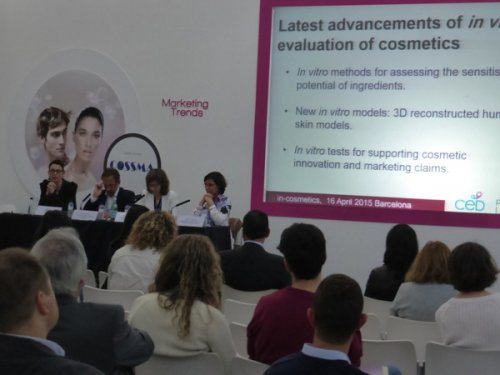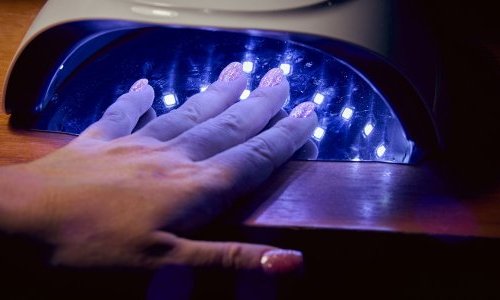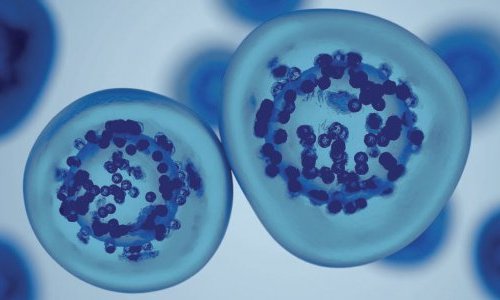New validated methods
New in vitro methods for evaluating the sensitization potential of raw materials have recently been developed to replace the now banned in vivo methods on animals. “We have been waiting for progress in this field for 15 years. Several developments by Procter & Gamble, Givaudan, Kao, and Shiseido have put forward interesting strategies. And on February 5, 2015, the OECD adopted the first test in chemico to identify the sensitization potential of molecules. As for the European Union, it validated and recommended a skin sensitization method (h-CLAT) on the human THP1 cell line in March 2015,” Béatrice Le Varlet explains.

“Replacing tests on animals requires a combination of strategies ”, Bart De Wever adds. “From this standpoint, alternatives on reconstructed epidermal skin models like the SENS-IS, SenCeeTox and EE methods present many advantages.”
Reconstructed 3D skin models
As a matter of fact, the 3D models that present perfect reproducibility, reliability, and relevance characteristics create unique opportunities to assess ingredients and finished products. “Thanks to 3D models, we can obtain exclusive data as regards synergy of action, kinetics of application, and cellular and molecular mechanisms,” specifies Marisa Meloni, CEO of Vitroscreen. The data collected thus seem more valuable than those obtained with tests on animals, and sometimes also with tests on human volunteers.
In addition, 3D models are customizable and can be made to measure depending on the type of cells used, how old donors are, how long cultivation lasts, which stresses are induced… they pave the way for multiple innovation possibilities. “It is only the beginning of what may be done with these models,” confirms Amélie Thépot, CEO of LabSkin Creation.
They resulted from new constraints related to the ban on animal testing… It now seems alternative methods have actually paved the way for other knowledge, although product toxicity assessment remains the industry’s main concern.
|
Download, here below, the speeches of the round table panellists: Latest advancements of in vitro evaluation of cosmetics
|





























